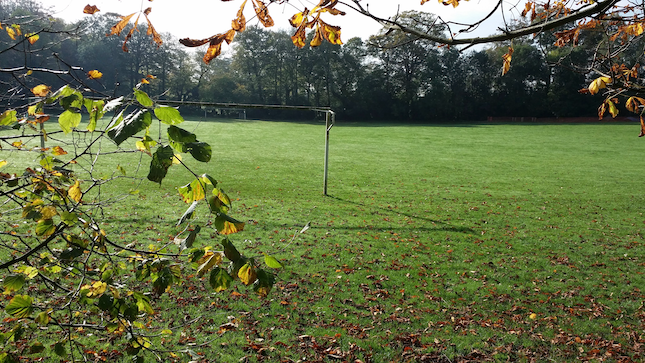How to Add Details to Your First Draft to Show Your Reader the Effects of Setting

Story Details Bring Your Story to Life
Story details ground your reader, making them feel as though they are there—in your story. To keep your reader present in the story, add details to each scene.
You’ll help your reader experience the sensory world in your setting. You guide them into the story world with sensory images that elicit emotional responses.
Details provide the context of when and where the story takes place.
Solid Research Builds Story Details
Your work with details rests with solid research. Know the elements of your setting and search for details that will enliven your scenes.
Details In The Setting
Setting is like a character in your story that has no dialogue. Setting not only grounds your characters and your readers, setting interacts with characters to enhance your story. The setting is what makes readers feel like they are there.
Beginning writers often overlook the depth that setting adds to a story. Setting embellishes the storyline and characters. As you write, you can pull details from your setting research to give your reader a sense of where they are in the story.
- Location. This relates to the physical environment where your story happens and what many people consider as setting. Country, region, state, town, Shoreline, lakeside, inner-city, countryside, forest trail, Neighborhood, street, school, county seat, sheriff’s office. Ancient manor, modern apartment, seaside cottage, suburban home. Kitchen, bedroom, patio, dining room, hallway, kid’s room. Wherever your characters go in your story provides ample details to include.
- Seasons. Time of year provides details that directly impact characters who march through snow, swelter in the sun, enjoy spring flowers or suffer from allergies, or bask in the slanted light on autumn leaves. Holidays and festivals vary in different seasons as well. Plus, personal anniversaries like birthdays, anniversaries, or death of a friend or loved one.
- Time of Day. Morning, afternoon, dead of night, dawn, dusk. Light or the absence of light intensifies the sense of being in the moment in your story.
- Elapsed Time. Guide your reader through the story with the passage of time. Is it a few minutes after the last scene or months? What happened in the interim? Keep your reader in the time flow.
- Atmosphere. Weather, temperature, and lighting are tangible to your characters influencing how they act in your story. Give readers the details to help them “feel” the story.
- Climate. Where your story is located, the geography, will impact the overall climate. Hot and humid. Hot and dry. Cold with fierce winds. Another enjoyable 72℉ day. Do people stay indoors? Are they out and about? Latitude, altitude, prevailing winds, and even ocean currents all influence the setting of your characters.
- Geography. Your story setting may be set far, far away from your reader. Help them understand the ecosystem, flora and fauna, land masses, and the climate in your story’s universe. Humankind influences geography with man-made changes like dams, river diversions, bridges, ports, cities and other constructions.
- Cultural Environment. Social and political influences surround your characters. Culture, politics influence your story with conventions about family roles, community involvement, patterns of speech, and slavery. These influence your characters’ sensibilities and the way they interact with other characters.
Thorough background research is your encyclopedia of details. Keep your background notes, so you have your collection of details on hand as you write.
Edit for Missing Details
When you are in the flow of writing your focus is building the story. Add missing details during the editing process.
Just as you edit for strong verbs or clunky syntax, go through your story for details. Check each scene for each of the five senses. Each of the five senses has a unique and powerful impact on the reader. Aim for sensory elements in each scene.
- Sight
- Sound
- Taste
- Touch
- Smell
Aim for at least three sensory elements in each scene. Be sure to vary the senses in sequential scenes. If you have sight, sound, and taste in one, create a different mix, like smell, touch, and sight in the next.
Avoid long, descriptive narrative passages and choose to add your detail words throughout the scene. The idea is to enhance the reading experience at each moment rather than “tell” information. For example:
Change: Outside the house, wet leaves blanketed the ground, after the downpour. (Telling)
To: Wet leaves clung to Laura’s boots as she crept around the slippery mud puddle toward the house. (Showing)
Create Your After-Flow Details
In your first draft, you may miss sensory details as your focus is storytelling. That’s why you need to edit with a specific focus on details. You’ll learn to increase sensory language without taking your reader out of the story. At the same time, your book will fill with small details that add up to sensory engagement for your reader.
Photo by Lucinda Hershberger on Unsplash





